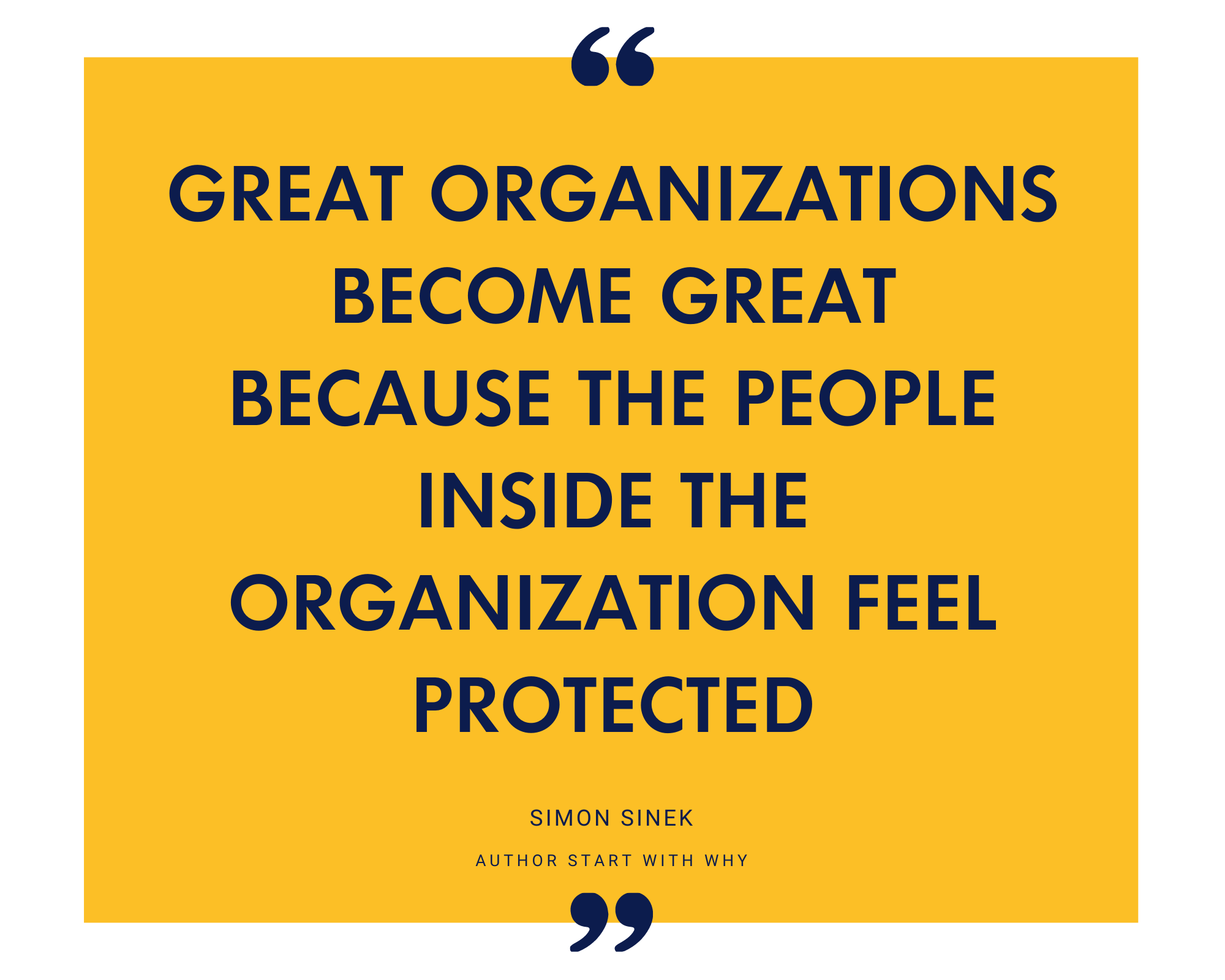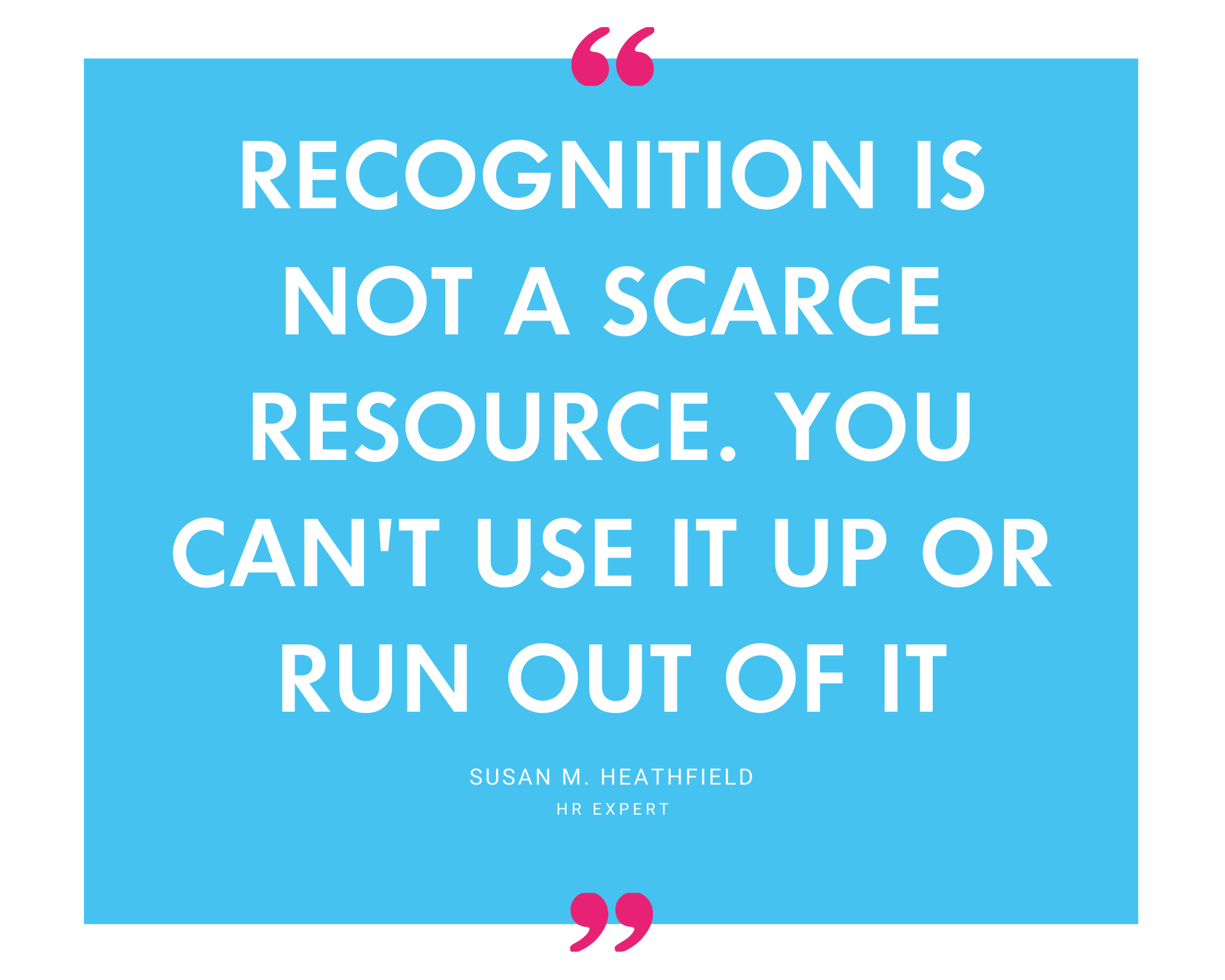A fundamental challenge faced by all companies lies in defining and amplifying their core values within the company’s culture. The unprecedented rise in the number of employees now working remotely brings with it additional challenges for businesses that seek to embed their culture across a disparate workforce and keep staff aligned to their mission and values.
Fortunately, accomplishing this doesn’t have to be a chore: with the right culture embedding mechanisms in place, managers and leaders can make the most of their performance management software to align remote workers with their vision and increase engagement across the workforce. Here’s how you can do this.

One of the main problems faced by multinational corporations is keeping a consistent conception of the company’s culture across disparate workforces. Just as these corporations face the challenge of keeping their culture visible between offices split across different cities and continents, so too do small to medium-sized businesses face similar challenges when looking to embed their culture into a remote workforce.
Geographical isolation, the lack of face-to-face encounters with co-workers, difficulty coordinating work on projects and other issues can arise, leading to additional problems with performance and engagement. Making use of culture embedding mechanisms so that remote workers understand your company’s way of doing things will stop these problems from arising and make sure everyone is aligned towards the same goals.
Here are some steps you can take to effectively embed your culture into a remote workforce:
Clarify culture across your digital platforms
In his book Start With Why, Simon Sinek outlined the fundamental basics of company culture. “A company is a culture. A group of people brought together around a common set of values and beliefs. It’s not products or services which bind a company together. It’s not size and might which make a company strong, it’s the culture – the strong sense of beliefs and values that everyone, from the CEO to the receptionist, all share.”
A company’s culture lets employees know “how things are done around here”, but workforces split across remote locations can often struggle to identify clearly with what “around here” actually means. When you are dealing with remote workers you need to make sure that these principles are clearly highlighted across your digital communication platforms, in order to encourage the behaviours which align with those core values.
Tailoring the design aesthetics of your performance management software so that this core messaging is built into the daily lives of your remote workers is the first step towards firmly embedding your culture into their mindset. By using your company’s branding and slogans across digital platforms, remote employees are reminded of the core values each time they log on to work.

Integrate a company news feed with real-time updates
An integrated company news feed as part of your communications platform allows remote workers to cut past the often laborious task of checking their emails and get to the priorities of the day. While emails can easily be overlooked, a news feed that highlights urgent issues and offers real-time updates that remote workers can receive across different channels helps to boost a culture that values efficiency.
Just as a news feed makes sure remote workers are always in the loop regarding important company updates, a performance management software system that features a Today Screen feature can offer a daily, at-a-glance view of the short and medium-term objectives they need to focus on, while giving them the means to communicate directly with team members and leaders who are spread around different locations.
Connect remote workers with a social intranet
Culture isn’t just about aligning your company’s core values with the workforce; a strong culture should also encourage communication and engagement between workers in a way that transcends work goals and objectives. Often the most innovative solutions and forward-thinking ideas come about not from formal discussions, but from casual conversations between like-minded employees.
Incorporating social feeds into your company’s intranet helps to build the foundation for these relationships, sharing ideas for projects in an informal digital setting and allowing collective brainstorming to occur organically. By allowing users to subscribe to public channels they can engage with relevant content, share articles, videos and images with other employees and keep remote workers engaged with their peers, excited to be involved in organizational change.
Use employee feedback mechanisms
Embedding a culture that values continuous feedback within a remote workforce requires unique feedback mechanisms to compensate for the absence of regular face-to-face conversations. Such systems are essential for managers and leaders seeking to improve employee satisfaction and retention, so you should utilize your performance management software to make sure regular one2ones, check-ins and other methods of feedback are regularly carried out.
You can also use eNPS surveys to keep your finger on the pulse of your remote workers. This offers remote workers another layer of feedback that they can offer anonymously, assessing how they are feeling in terms of motivation, engagement and overall job satisfaction.
Understand sentiment with analytics and reports
Quantitative data obtained from systems such as eNPS surveys require a process of analytics if they are to be transformed into positive change, and measuring metrics based on your communication channels – as well as employees’ targets and other objectives – allows managers and HR leaders to compile configurable reports reflecting the sentiment of the workforce.
These systems also allow companies to identify how well a remote employee is aligned to their broader vision and key goals, understanding where such alignment might be lacking, which lines of communication are the most effective, and how key performance indicators can be revised to deal with the unique challenges being faced.
Offer digital awards and recognition

A study from Gallup, Employee Recognition: Low Cost, High Impact, highlighted how “only one in three workers in the U.S. strongly agree that they received recognition or praise for doing good work in the past seven days. At any given company, it’s not uncommon for employees to feel that their best efforts are routinely ignored. Further, employees who do not feel adequately recognized are twice as likely to say they’ll quit in the next year.”
Building a culture that values continuous feedback isn’t just about creating mechanisms to identify problems; it is also about creating an environment that rewards great performance with a degree of visibility across the workforce so that everyone is encouraged to adopt optimal behaviours. By recognizing employees for their hard work and amplifying their behaviour, companies can boost productivity and engagement which reflects their core values.
While managers are unable to offer great performers working remotely a word of gratitude or pat on the back in the office, they can use their performance management software to offer digital awards which will be visible across teams and departments. Tailor-made reward schemes can be implemented for a wide variety of situations, giving remote workers the positive feedback needed to understand they are valued.

6 simple steps to building a remote culture
When building a remote team, you’ll need to rethink all your processes, from recruiting, onboarding, career paths, and performance reviews, to collaboration, tools, and project management.
1. Set a foundation of trust & psychological safety
Behavioural: Leaders should set the expectation that it’s OK to make mistakes, but should promote participation and pro-activity. As leaders, ask for feedback from remote employees often and ask your teams to do the same with each other.
Structural: Teach teams to give constructive feedback that avoids blame and making things personal. Set up meetings and sessions that are designed to give real-time feedback. Make sure feedback is given via video call so employees can hash it out face to face and avoid misunderstandings. All of this will help to boost employee engagement for the whole team.
2. Communicate the mission and values clearly
It’s much easier to create a high-performing remote culture if everyone on the team understands the company’s vision. Set a clear and concise way of describing your mission and values, communicate it to your teams, and continue to reinforce it.
3. Prioritise meaningful work
In a remote team, it’s easy for people to feel like they need to respond to requests immediately to show that they are staying actively engaged. However, it’s important to agree that everyone has space to carve out time for meaningful work that requires uninterrupted attention. It’s important to create boundaries within remote teams.
4. Define how you work together
Studies have shown that teams that are more emotionally connected, and engaged work more effectively together. Be sure to set a clear process for collaboration and communication.
5. Collect feedback regularly and make adjustments
Set the expectation of regular feedback. Ask for it often, reflect on your efforts, listen to your employees, and make adjustments as needed. This culture of constructive feedback will help you, and make your employees feel like they’re safe to speak their minds and be heard.
6. Find creative ways to keep people engaged
Keeping remote employees engaged over time is a great way to foster a positive culture. Host a virtual happy hour or a breakfast session where people from the same field (for example, product development) can discuss their challenges. Encourage sharing ideas by using an internal intranet whereby everyone can have a voice.
Tie everything together with multi-channel communications
Implementing multi-channel communications within your company’s performance management systems provides the essential glue to embed your culture into a remote workforce and ensure a consistent culture of feedback and discussion.
Regular one2one meetings and check-ins should be a central component of your performance management practices, especially when dealing with remote workers who aren’t able to engage in those informal conversations with co-workers and team leaders. As a recent study from Microsoft has revealed, there has been an organic shift towards more frequent, shorter meetings in the wake of the COVID-19 pandemic.
As reported in the article “Microsoft Analyzed data on its newly remote workforce” in Harvard Business Review:
“In recent decades meetings have generally gotten longer, and research shows it has had a negative effect on employee productivity and happiness. Our flip to shorter meetings had come about organically, not from any management mandate. And according to our sentiment survey, the change was appreciated. Suddenly the spectre of an hour-long meeting seemed to demand more scrutiny. (Does it really need to be that long? Is this a wise use of everyone’s time?) This is one of the many ways that the remote-work period could have a long-term impact.”
A culture of continuous feedback benefits from this conversational shift, so businesses that employ multi-channel communications across desktop/laptop and mobile devices are uniquely positioned to keep discussions flowing, identifying problems as and when they arise while reinforcing cultural values across their remote workforce.
With Microsoft’s research also noting that scheduled one2one meetings have increased by 18% over the course of the lockdown, utilizing performance management software that allows for quick and easy scheduling and instant communication with SMS, email and mobile notifications is crucial for any organization wishing to remain competitive.





